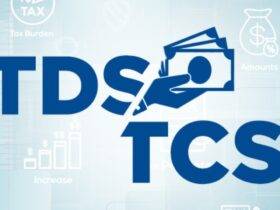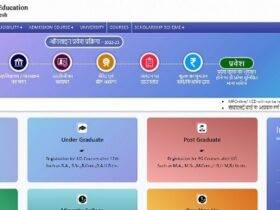Introduction:
Amid these challenging times, safeguarding financial stability by preventing defaults on Canada Emergency Business Account (CEBA) loans is paramount for small business owners. In this article, we’ll delve into the consequences of CEBA loan defaults and strategies to avert them. Additionally, we’ll provide valuable resources for effective financial management during the ongoing emergency period.
Maintaining fiscal health is crucial for small businesses during the pandemic. We explore CEBA loan default implications, avoidance strategies, and expert advice for long-term success.
Understanding CEBA Loan Default:
The CEBA program offers interest-free loans of up to $60,000 to eligible small businesses and not-for-profits. Timely repayment can lead to loan forgiveness up to $20,000 if settled by December 31, 2023. Starting January 1, 2024, loans bear a 5% interest rate on the outstanding balance, with the loan principal due by December 31, 2025.
Implications of Defaulting on CEBA Loans:
Businesses must grasp the impact of missing CEBA loan repayment deadlines. Failure to repay by end-2023 converts loans into two-year term loans with a 5% monthly interest rate. The remaining balance is due by end-2025. Preventing default requires realistic assessment of monthly payments and proactive reminders.
Financial Institutions’ Role in Default Management:
Financial institutions play a pivotal role in addressing CEBA loan defaults. They monitor fund usage and assist businesses in responsible debt management. The government maintains a balanced approach, adhering to laws while compassionately managing defaults. Accurate record-keeping is crucial to avoid CRA violations and defaults.
Strategies to Prevent CEBA Loan Default:
Minimize default risk by assessing operations, exploring alternative financing, and negotiating with lenders. Restructuring streamlines processes and cuts costs. Alternative financing options include grants and crowdfunding. Negotiations with lenders can yield favorable terms.
Navigating CEBA Eligibility Criteria:
Meeting employment income requirements and complying with CRA regulations are key for CEBA eligibility. Understanding criteria is vital for accessing the program’s financial assistance.
Loan Forgiveness and Repayment Options:
Navigating loan options and repayment strategies is crucial. Early repayment yields reduced interest and balances. The forgiveness program allows debt reduction by up to 25% by end-2023.
Effective Financial Management Amid Uncertainty:
Creating a contingency plan is essential. Seeking professional financial advice aids in decision-making during uncertainty.
Accessing Resources and Information:
The CEBA Call Centre (1-888-324-4201) offers guidance on loan eligibility and payment matters. Utilizing resources enhances financial management.
Summary:
Preventing CEBA loan defaults is pivotal for small businesses during challenges. Proactive measures and expert advice ensure resilience and future growth.
FAQs:
What happens if CEBA isn’t repaid?
Timely repayment prevents extra costs. Unpaid principal by end-2023 incurs a 5% interest rate. Timely repayments avoid charges.
Can CEBA be forgiven?
CEBA loans can be partially forgiven if repaid by end-2023. Repaying $30,000 for up to $40,000 loans discharges them. A $40,000 payment repays $60,000 loans.
How to avoid CEBA loan default?
Prevent default via operational restructuring, exploring financing, and lender negotiations. Alternative financing sources and operational enhancements minimize default risks.
How to comply with CRA regulations for CEBA?
Comply by timely tax filing, accurate records, and settling taxes. This ensures qualification without penalties.
Benefits of early CEBA loan repayment?
Early repayment reduces interest and balances, improving cash flow. It may lead to partial debt forgiveness, offering significant savings.





























Leave a Reply